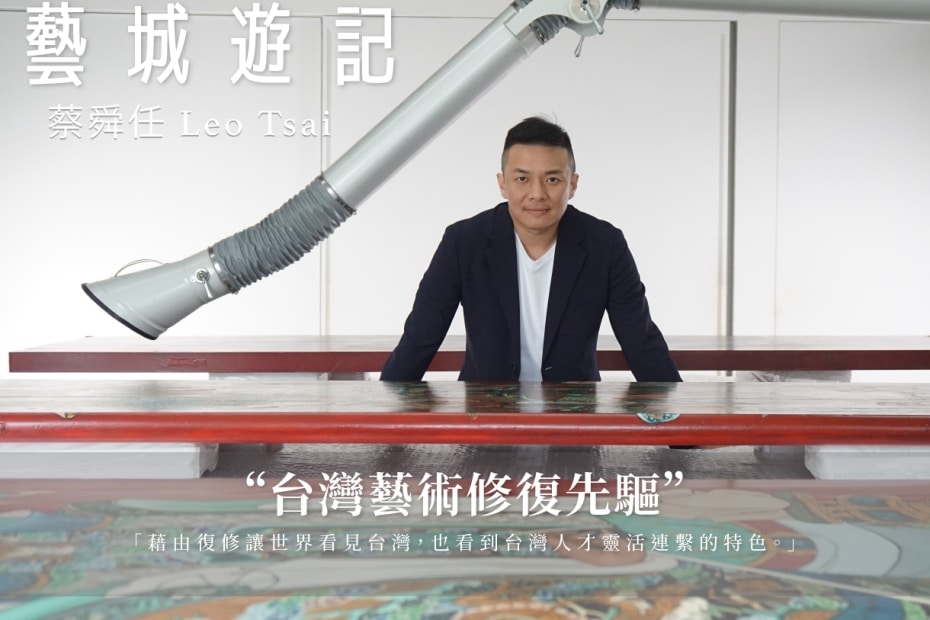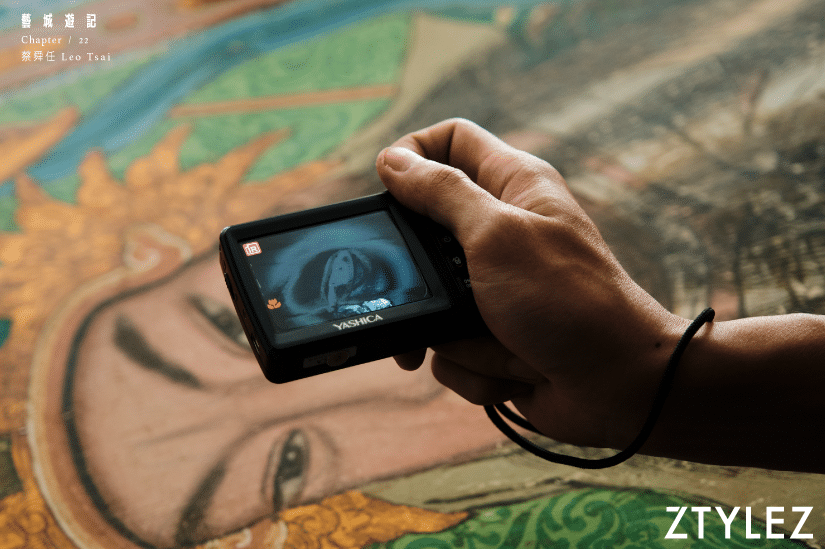
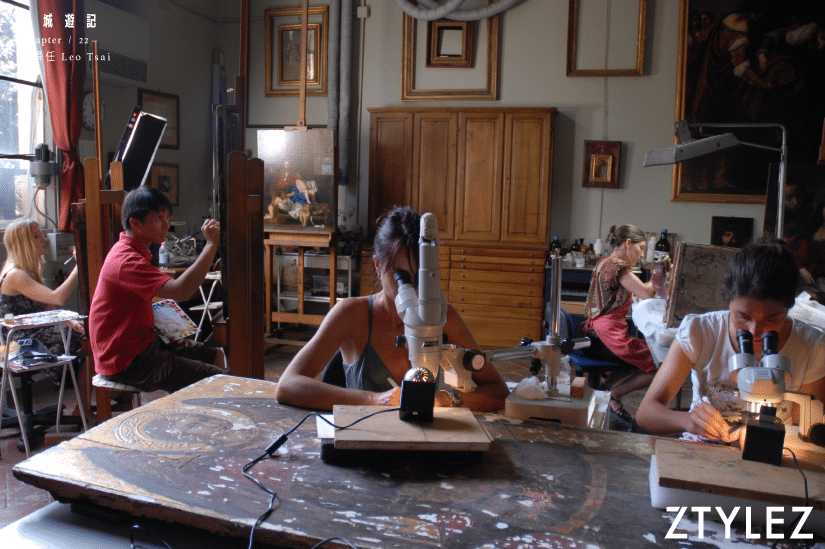
“Art restoration is never perfect.”
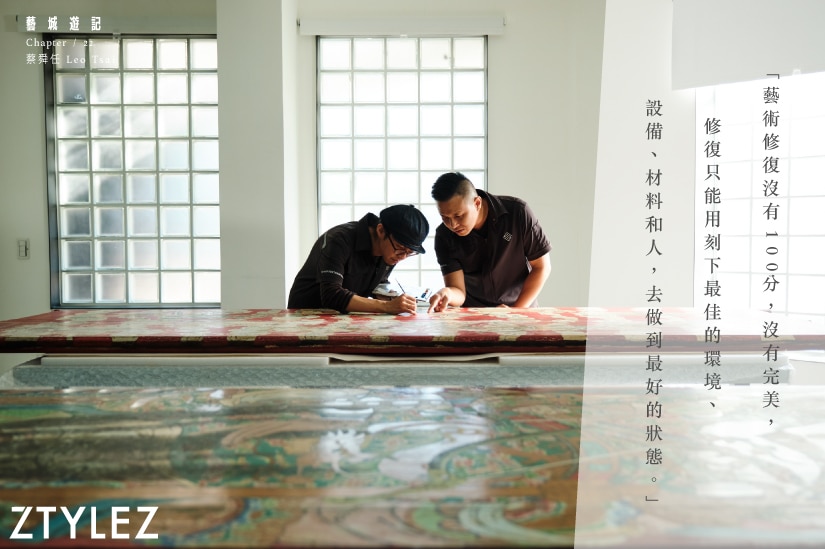
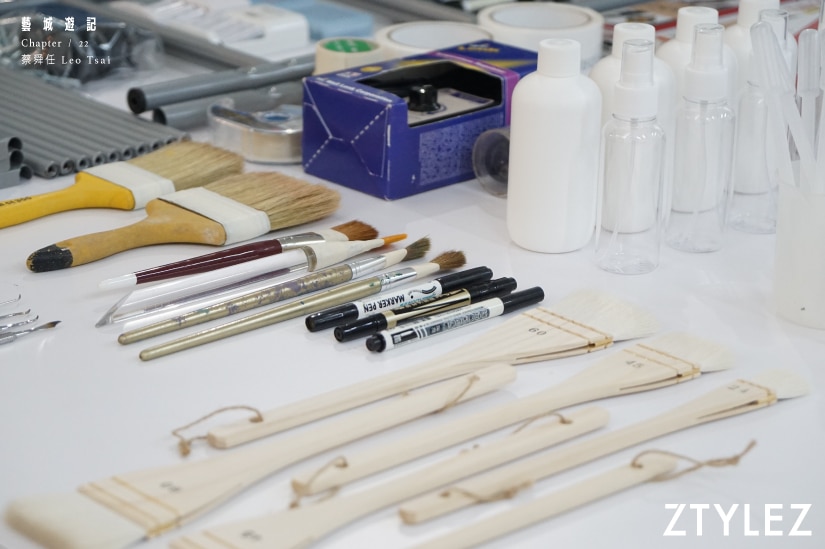
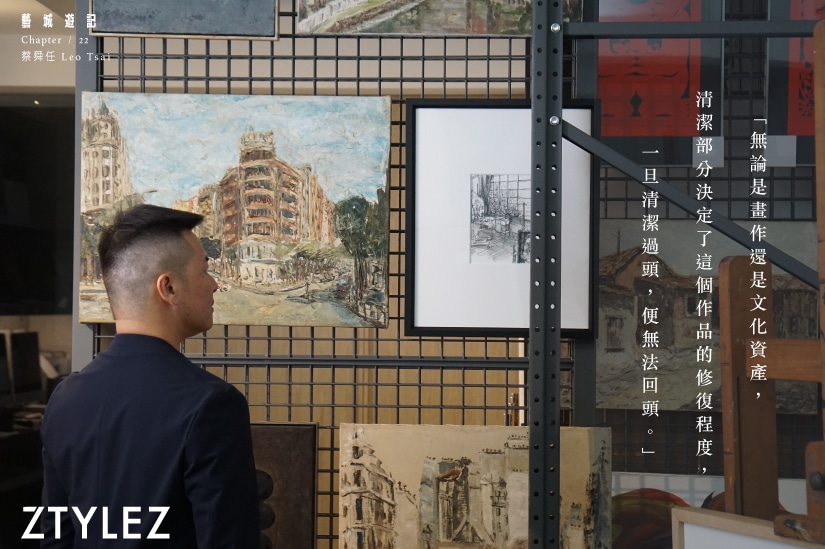
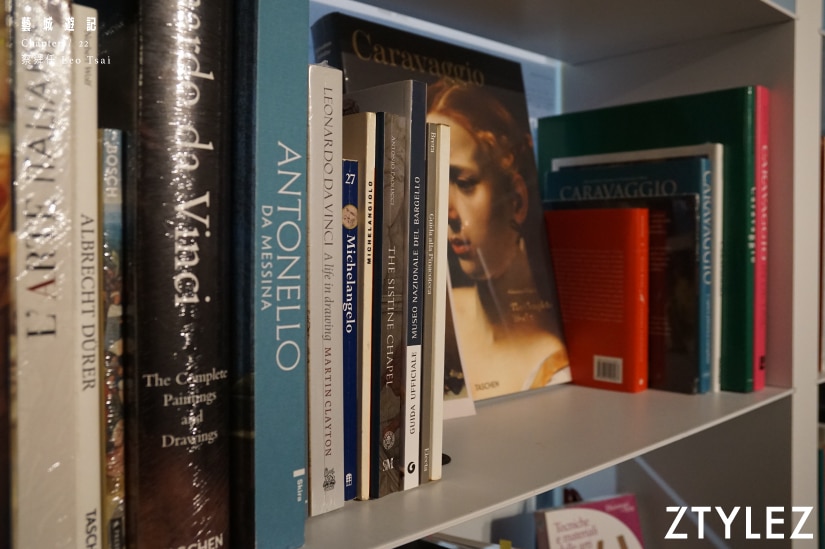
Microscopic observation reveals the essence. Art restoration is a highly disciplined profession, resembling both a doctor and a detective. Based on the foundation of art, it carefully unravels the layers of the artwork that need restoration. First, there is the preliminary work, which involves extensive data collection to study the style and characteristics of the piece. Then comes the testing and analysis of materials, followed by reinforcement and filling. The most challenging part is the cleaning process. As Tsai Shun-ren said, “Whether it is a painting or a cultural artifact, the cleaning process determines the extent of restoration. Once over-cleaned, there is no turning back.” The restoration process requires meticulous planning, with each step carefully enumerated, showcasing patience and precision.
How is art restoration defined as a successful restoration? He firmly states, “Art restoration is not 100 points, it is not perfect. Restoration can only be done to the best possible state using the current best environment, equipment, materials, and people.”
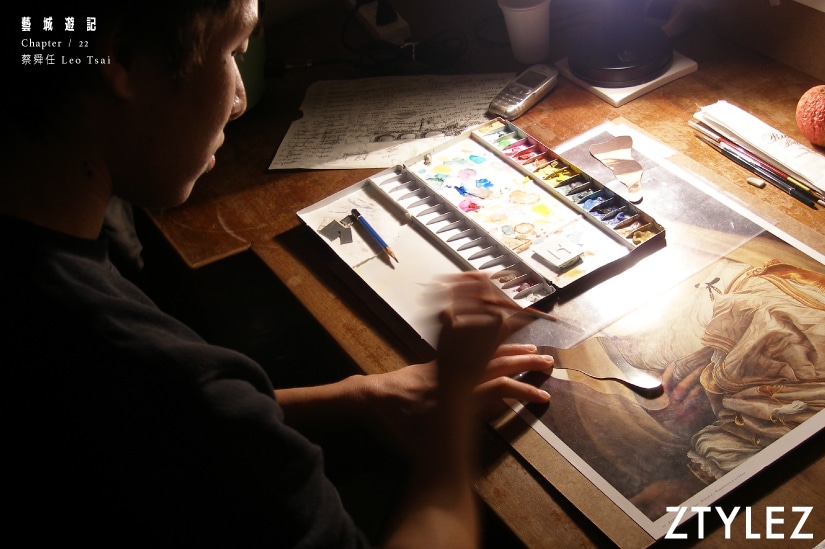
The complex restoration process has made people dizzy and overwhelmed. When considering that the works being restored are all priceless, one’s hands would likely tremble, right? Tsai Shun-ren has restored countless priceless artworks and firmly says, “People will always make mistakes, but restoration cannot have any mistakes. So the key to restoration lies in practice, in continuous and endless repetition.” On the studio desk, there are different forms of test boards, some displaying pigments, some materials. The restoration process is a gradual progression, accumulated over time and patience.
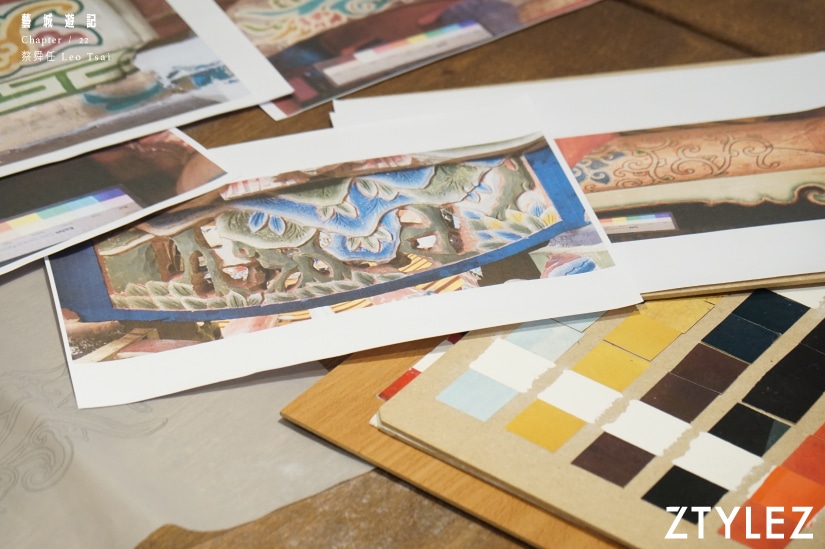
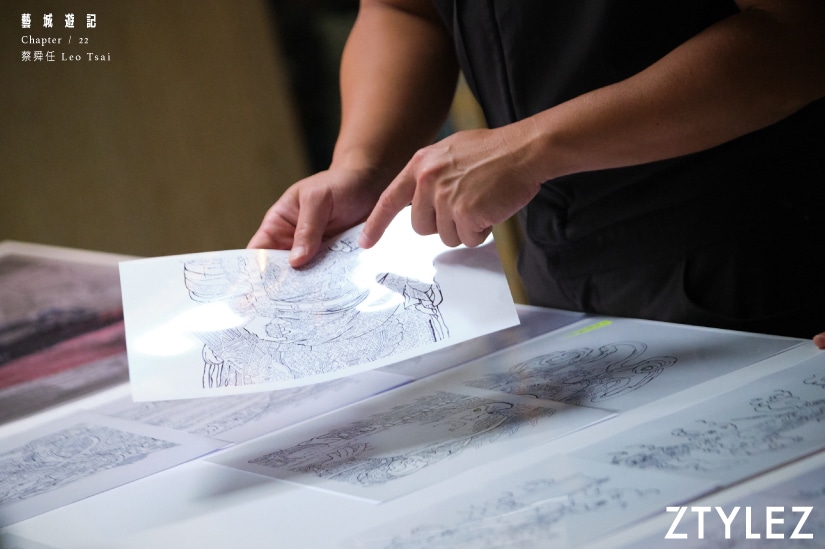
Empty and unobstructed, focused on the present, perhaps it is the reason why Cai Shunren, who was born in Kaohsiung, chose Tainan as the location for his restoration base? He humorously said, “Don’t you think it’s reasonable to do restoration in Tainan? For example, in Milan, they don’t say restoration, they say fashion. And Tainan provides a peaceful working environment for the team.” The unique slow pace and cultural heritage of the city, similar to the atmosphere of the ancient city of Florence where he used to reside in Italy, was also one of the reasons that attracted him here initially.
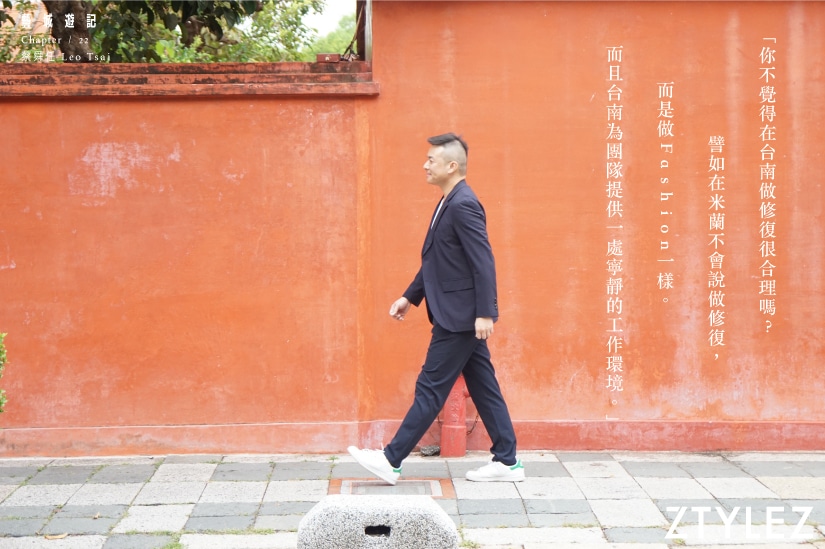
“The creativity of art restoration lies in finding endless ways.”
Art restoration seems to require erasing personal creative will, which is quite the opposite of art creation. Cai Shunren, who transitioned from being an artist to an art restorer, how does he view the creativity in restoration? He says, “The creativity in art restoration lies in the method! Restoration is about solving the existing problems and conditions of the artwork. During the process, it is indeed necessary to follow many basic rules, but how to follow the rules can be varied. So I simply focus on finding different methods, which does not conflict with the original art creation, but rather a transformation.”
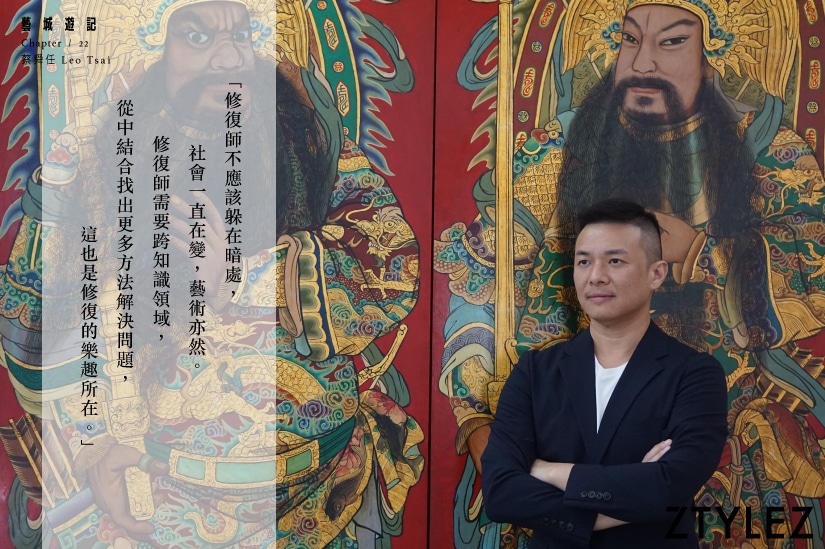
It is precisely because the methods of art restoration are ever-changing that they are able to face the ever-evolving art works. Even in the era of artificial intelligence, there is no fear of being quickly consumed by AI. He said, “Restorers should not hide in the shadows. Society is constantly changing, and so is art. The nature of art today is no longer singular, but rather a fusion of different materials and mediums. Restorers need to have interdisciplinary knowledge and combine it to find more ways to solve problems. This is also where the joy of restoration lies. The development of AI will become one of the methods, but it will not completely replace restorers.”
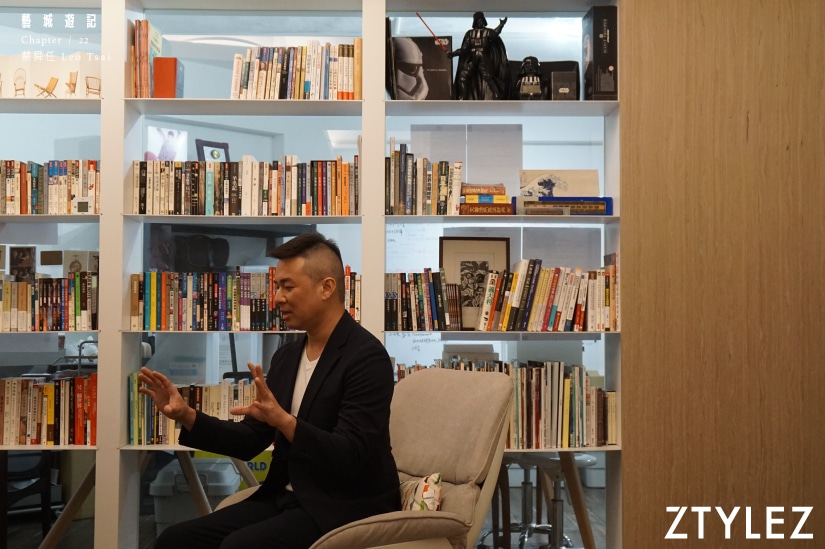
Seemingly detached from creation yet never straying from the foundation of art, a restorer’s mind is like a repository of a hundred years of art history that can be accessed at any time. They also utilize scientific instruments for monitoring, but they cannot be hindered by information and become lost. They maintain an appropriate distance from the artwork in order to gain insight, just as Tsai Shun-ren constantly emphasizes that the art of “restoration” is itself an “art”. The ultimate goal is to preserve the original appearance of the artwork and not alter it.
“Let the world see Taiwan’s restoration!”
From an art graduate to a master of various art restoration, it is the gravitational force of countless driving forces that led him into the path of art restoration. Whether it was Professor Jiang Xun from Donghai University or the Japanese authoritative restoration experts he encountered while working at the Tainan Cultural Heritage Preservation Research Center after graduation, such as Mr. Yamane Akira, the restoration director of Nara Motoji Temple, and Professor Muramatsu Yumi, even the support of his family, they are all the driving force behind his becoming a renowned restorer.
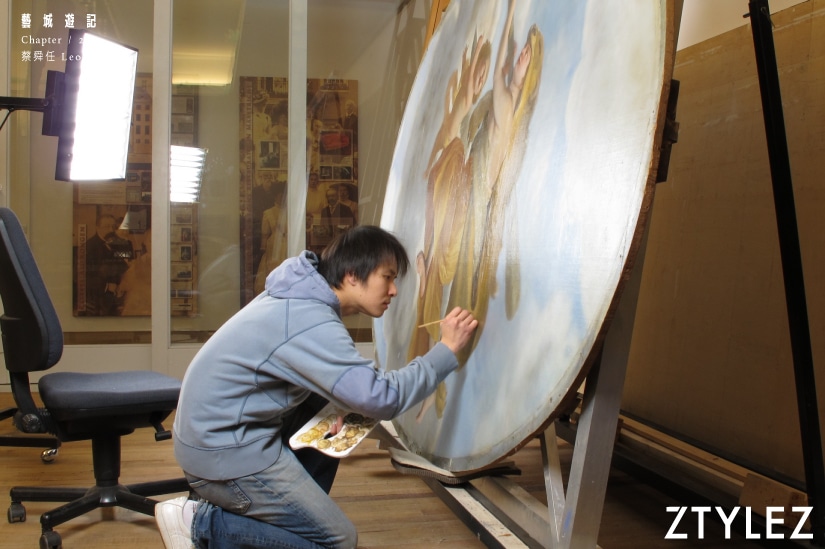
After ten years of honing my skills, I ventured alone to the art restoration capital of Florence. Why did I come back to Taiwan? Tsai Shun-ren candidly admits, “I didn’t come back with grand ambitions of becoming Taiwan’s top restoration expert. I simply returned because there happened to be job opportunities and I was invited to teach at a school, where I believed I could showcase my abilities.” Departing from Taiwan and returning to the island once again, after being baptized in European aesthetics, my perspective has changed dramatically. Especially when immersed in the education system, it has sparked numerous ideas.
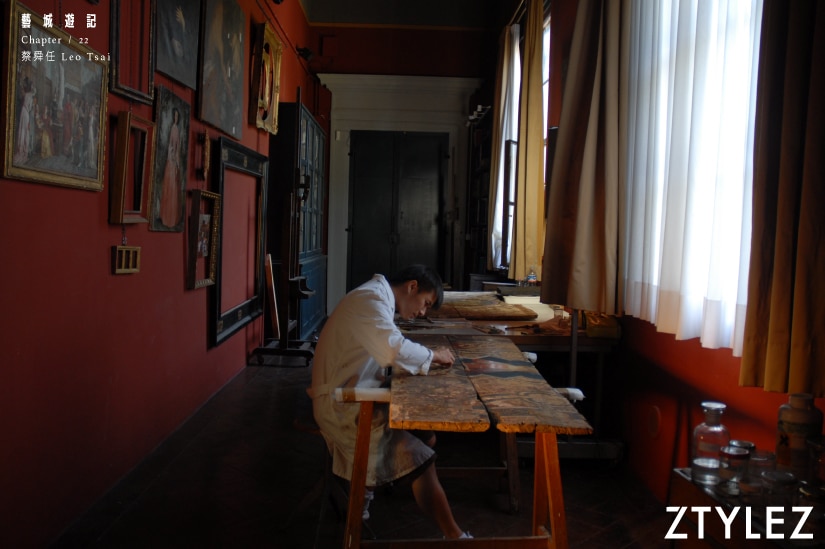
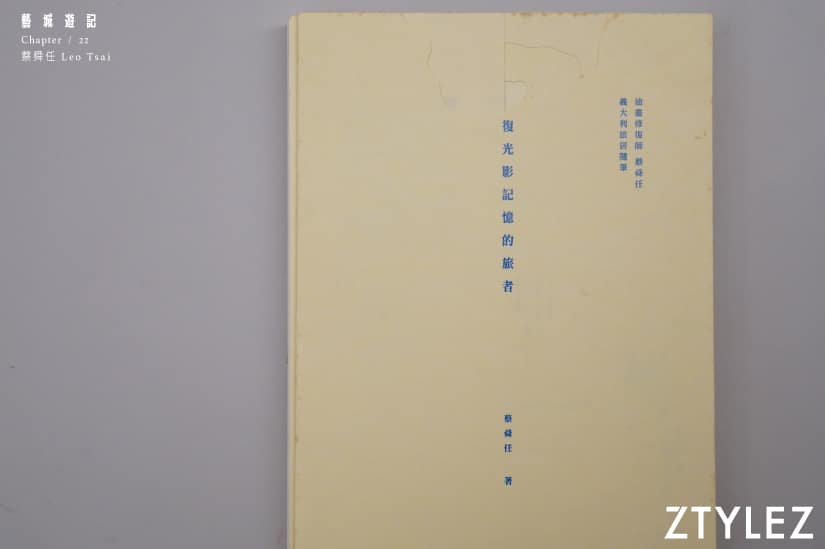
To be able to become the first Taiwanese disciple of European restoration master Stefano Scarpelli and enter the Uffizi Gallery as the first Taiwanese restorer, Tsai Shun-ren has unquestionable confidence and affirmation in restoration. Faced with the criticized and disorganized Taiwanese restoration projects, it has ignited his determination to stay and cultivate the next generation of Taiwanese restorers. He shared, “I want to pass on the correct attitude towards art restoration to the next generation, but the education system lacks a complete and systematic approach, which also leads to the fundamental problem of Taiwanese restoration: lack of management, standards, and systems, and there is no supervision mechanism. This makes me want to establish an art restoration mechanism. Only in this way can we bring Taiwan’s restoration profession to the international stage, let the world see Taiwan, and let the world see the talent of Taiwan through restoration.” My interpretation is that this determination stems from an inseparable connection with this land.
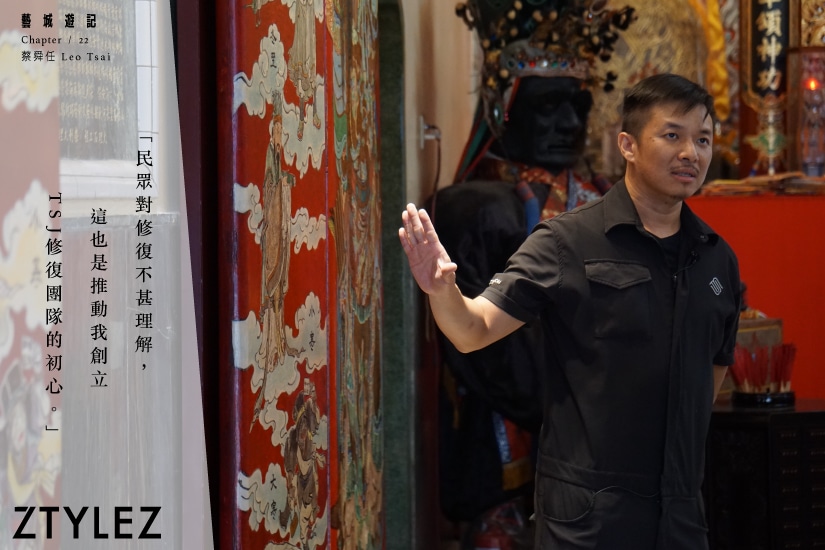
To do this, he must step into the spotlight and promote the restoration of art, in order to discuss standards further: “The public has a limited understanding of restoration, which is why I founded the TSJ Restoration Team. I don’t mean that what I say is the standard, but rather that the standards should be openly discussed, like in a medical conference. The art community often refers to restorers as art doctors, so shouldn’t restoration have more transparent and open standards?”
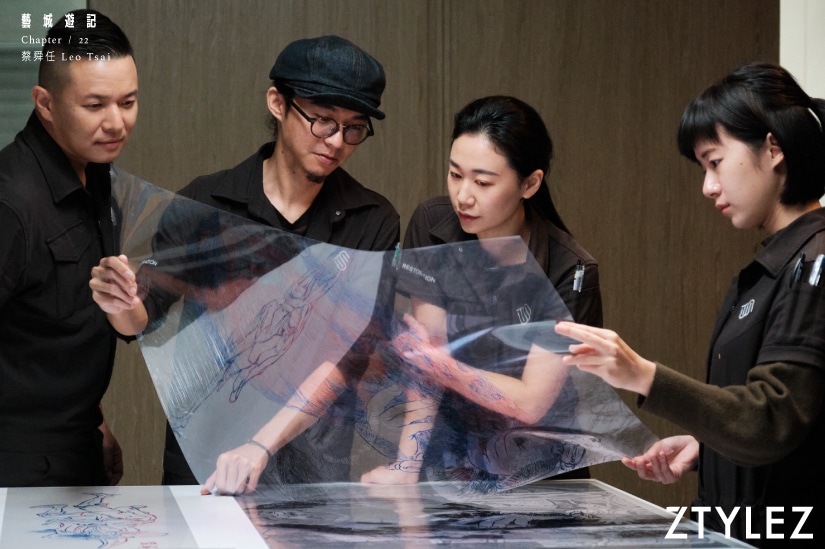
Not valuing personal reputation, willing to give glory to the team, throughout the interview, Tsai Shun-ren repeatedly emphasized the importance of the team, forging local restoration talents in Taiwan and taking them to the international stage, letting the world see Taiwan. This original intention is even more powerful than being the pride of Taiwan. TSJ, founded by Tsai Shun-ren, has just reached its tenth year. The past road has not been smooth, and the future will still be full of twists and turns. But he smiled and said, “Because I really like my team, this allows me to continue. These young people give me hope and allow me to continue leading them forward, so I have to work harder. Our standard, our stage is international, I will fight for the next ten years.” These powerful words carry immense determination and passion.

“Art restoration cases in Hong Kong are of international standards.”
If Taiwan’s art restoration is considered opaque and lacking in system, then what about Hong Kong’s art restoration? Tsai Shun-ren shares: “There aren’t many art relics in Hong Kong, which actually allows for better concentration of resources. The success rate of art restoration in Hong Kong is higher than in Taiwan, and it follows international standards, such as Tai Kwun.” Detaching from the identity of Hong Kong people, it is not unreasonable to carefully consider the words of experts. While it may not be possible to restore what has already been erased, the preservation of the remaining historical sites can be considered complete.
In addition to art restoration, Tsai Shun-ren also shared his views on the advantages of Hong Kong in terms of art development: “Large-scale art auctions and exhibitions are still held in Hong Kong, proving that Hong Kong’s advantage as the world’s largest transit hub still exists. Hong Kong also has well-thought-out plans for art infrastructure, such as the West Kowloon Cultural District and M+, which provide platforms for art creators and are essential for the long-term development of art and culture.” In his eyes, Taiwan lacks such platforms for local artists. Today, Taiwanese artists must learn to manage themselves and seek better information and technology for collaboration in the international community, rather than relying solely on government support.
“The Bai Miao Men project is a great cycle for environmental preservation.”
Spending half a day with Master Cai Shunren, the restoration expert, you will feel that there is no pause in his schedule. He doesn’t miss any tiny gaps of time between shooting and interviewing, and he rushes around to check whether his colleagues have used the correct colors in restoration cases or to follow up with administrative matters… This also highlights how busy the TSJ restoration team is.
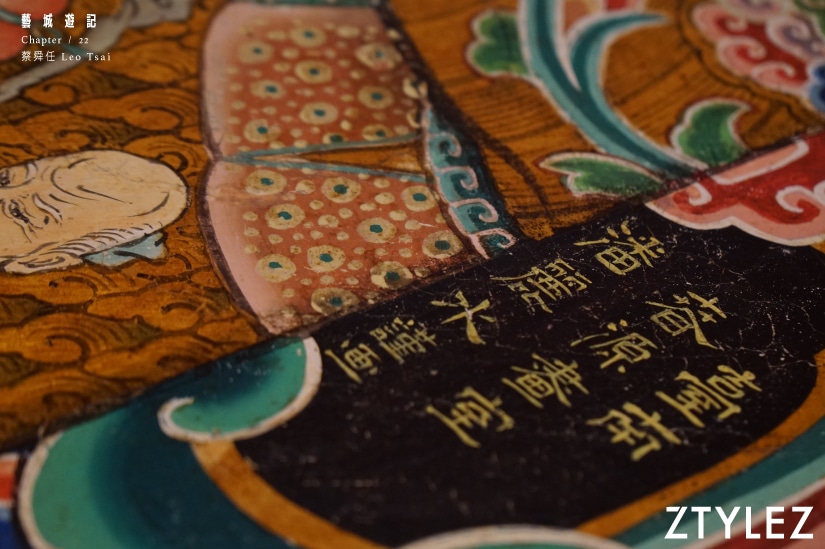
With such a tightly packed schedule, Cai Shunren founded “Baimiao Gate Project” to restore the door gods of Taiwanese temples and became a restoration team specializing in repairing the works of Taiwanese national treasure painter Pan Lishui. He explained the birth of this project: “Temples are complex works of art, or a combination of cultural assets. The Baimiao Gate Project aims to reintroduce the ‘artworks’ of this land to the local people, hoping that I can lead and promote cooperation between the government and local businesses; and extend it to other countries, believing that other countries also have similar objects worth preserving, especially in Asia; and through this, cultivate restoration talents in Taiwan, as there is no better training method than practical experience.”
The core idea behind mentioning Baimiao Gate is to cultivate people’s sense of beauty. He said, “We all understand that Taiwan is like this and cannot become Italy overnight. But my idea is, how do ordinary people learn about aesthetics? The most direct way for ordinary people to come into contact with art is through architecture! In Tainan, the city with the most temples, the door gods of the temples are like giant paintings, and they are also the front line for people to come into contact with aesthetics, they are artworks in daily life. We create more opportunities to enhance the sense of beauty, little by little.”
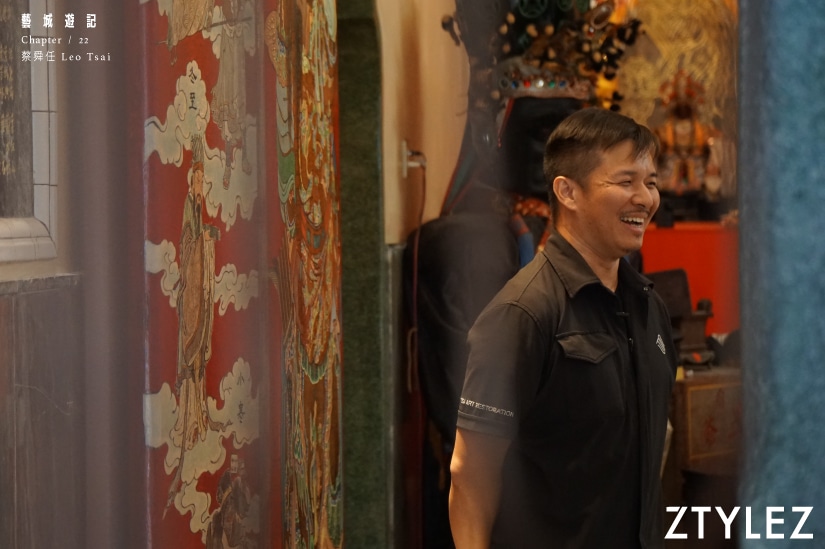
Founded by a team dedicated to the restoration of temples in Taiwan, with the aim of preserving the disappearing treasures of this land. Without a deep love for this land, it would be difficult to persist. Perhaps the restoration extends beyond just these precious sites, but also to the beautiful island of Taiwan, gradually restoring and presenting it to the world.
Executive Producer: Angus Mok
Producer: Mimi Kong
Interview & text: Kary Poon
Photographer: Wei
Video Edit: Kason Tam
Designer: Michael Choi
Executive Producer: Angus Mok
Producer: Mimi Kong
Interview & text: Kary Poon
Photographer: Wei
Video Edit: Kason Tam
Designer: Michael Choi

